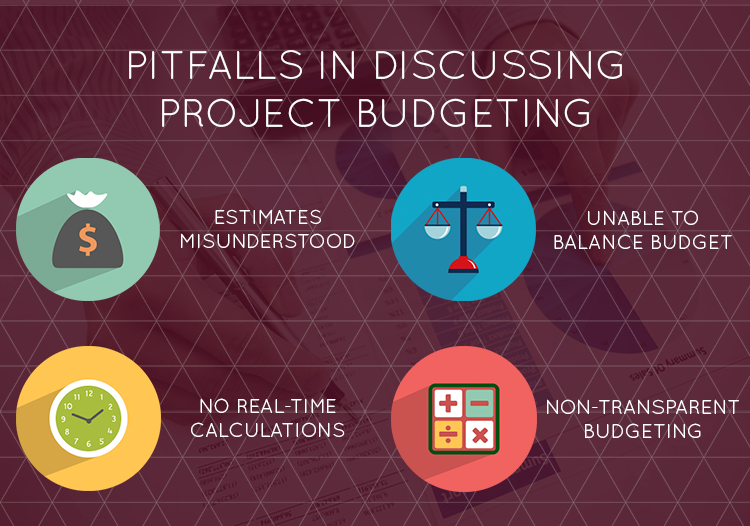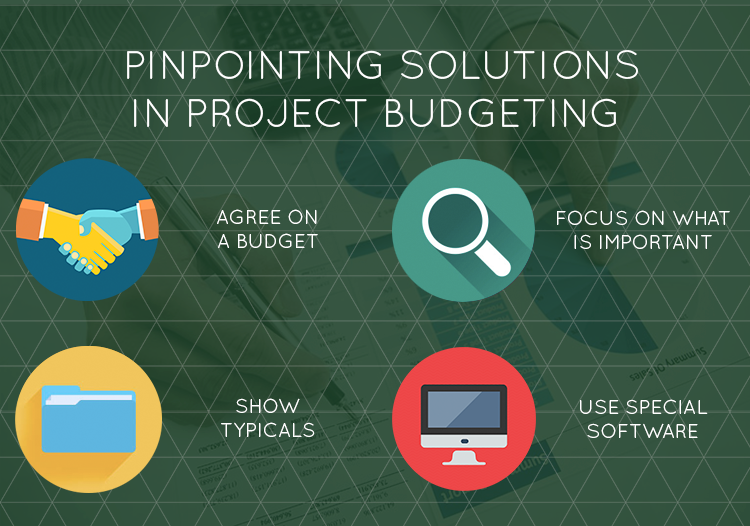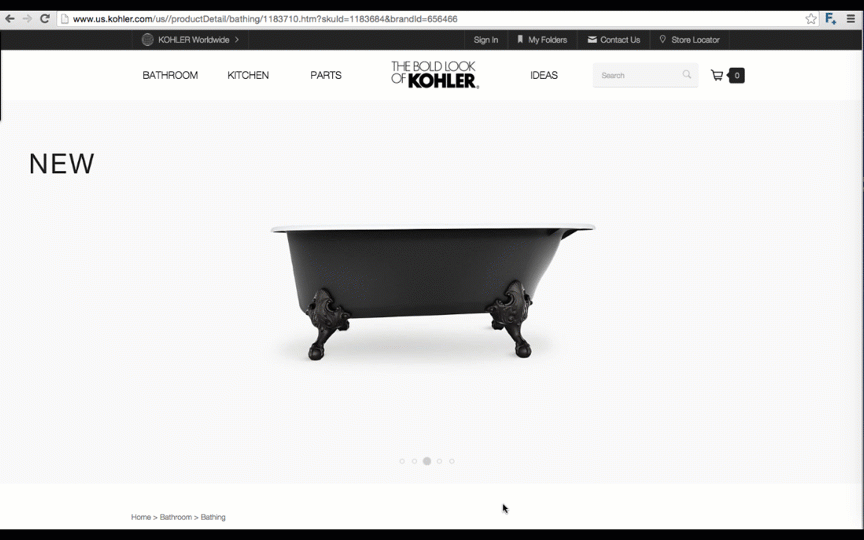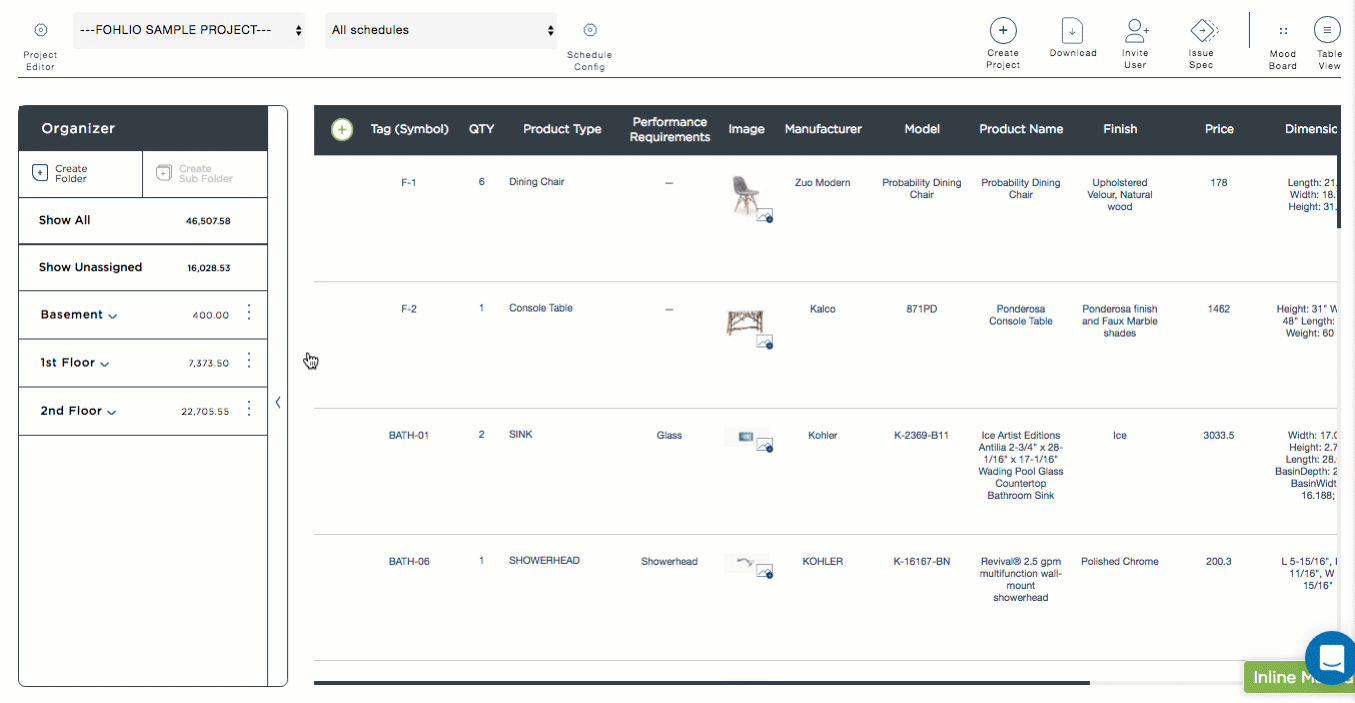Budgeting is probably one of the most acute questions of any Design Project. And definitely not the most pleasant one. In this article we will cover the main Budgeting pitfalls and provide a real-to-life solution for them (with no magic required).
Why Budgeting for Design Projects is always an issue?
For the majority of clients the cost of the design is as important as the design itself. So usually the budget is where the main battle takes place. Typically when estimating a project, designers and architects don’t provide empirical budgets and rely on their previous experience. The reason why they have to do so is that Project Budgeting comes along with a number of problems and limitations, including:
- Ballpark estimates are often misinterpreted as a final or fixed price
- Not all hard costs are available right away
- Difficult to update the budget quickly after client design revisions
- Having more than one design option compounds the amount of work
Main Budgeting Pitfalls

Pitfall 1. Estimate is misunderstood or misinterpreted
Providing a project budget,which is typically a non-empirical estimate based on previous projects or cost per square foot, is common practice before any work begins. This Ballpark estimate, which should be used for reference only, is unfortunately not fully understood by the client whom may interpret this as the final sum. As a result, this can create a problem which might lead to conflicts and possible disillusionment with the designer.
Pitfall 2. Price balance is unclear
Line items within budgets are constantly being altered: increased, decreased, or removed entirely to pinpoint crucial and needed aspects of the design and what can be conceded. But if few options are offered or many changes are introduced, keeping this budget up to date turns into a time-consuming task to balance.
Pitfall 3. Having no real-time update for budget
The inability to update the budget quickly when changes are introduced is a big problem. With everything specified in a bunch of different design schedules and spreadsheets, the discussion of changes aimed to reduce costs turns into a long chain of updating manually, which takes forever. Updating documentation requires a lot of effort and basically wears the designer out. Instances when there are more than one design variant, the situation turns into a nightmare. Being unable to update the price immediately is not only inconvenient, but also a very inefficient use of time.
Pitfall 4. Budget documents and the lack of cost associations
It is extremely important for the client to understand how each design element, product, and detail influences the project cost as they relate to one another. Unfortunately, budgeting documentation has a hard time conveying these ideas… too complicated for the client to dig in. And with process being non-associative, the client often asks for some changes in order to reduce cost, but in reality they might even increase the final budget.
How can you avoid these pitfalls?

As you see, when doing Project Budgeting a designer might face up with a number of very unpleasant issues. They not only distract him from the creative process, but also turn into pretty serious hurdles on the way to signing the Project off. Let’s have a look at a few tips that will help you to make Project Budgeting so much easier.
Tip 1. Establish the Budget early
When discussing budget with your client, knowing what price they are aiming for is rule number one. “But if my client says he just doesn’t know?” – you might ask. Indeed, many Clients try to avoid the answer since many of them really don’t know. Just be patient, and help your client to figure this out. If he doesn’t know the budget, you might start with questions like “What sum are you comfortable spending on this room?” or “the average price for ‘X’ is around $, do you want to sit above or below that?”. This method is helpful even if when you do not know the final sum since it will give you more ideas on how to split and balance line items in the budget.
Tip 2. Know what is most important
Splitting the budget will lead you to another thing to pay attention at. In 8 out of 10 cases your customers will ask you to make the budget smaller. So you should know what is most important for them. Would they rather save on plumbing fixtures in order to purchase a higher quality countertop material? To help them figure it out you might ask them to scale the importance of design elements, objects, or decor from 1 to 10. So that when you update your documents you will know what can be removed if need be.
Tip 3. Show some “typicals”
This tip works best for commercial projects, but will also be useful for home design. One should understand that the majority of customers don’t really know how much things cost. This is a stumbling block in plenty of discussions and the root of much misunderstanding. When discussing the initial budget you might show some “typicals” or precedents you did in which the final cost is known. This will give your clients a better sense of what they should expect.
Tip 4. Use specially designed software
Managing budget changes might already take you an extreme amount of time. Instead of having it all manually entered in multiple instances within Excel or presentation documents, Fohlio’s free browser plugin can scrape product images and specifications from almost any website and organize them into a handy grid.

With Fohlio’s Organizer Folder feature ,you can manage the products and add them to Budgeting Plans. Let’s see how it works.

Fohlio allows you to create separate folders for different rooms with cost totals updated automatically. Besides that, you can easily move, copy and delete products for immediate results.
Hopefully this article has prepared you for managing and discussing project budgets with your client. What are your experience and tips on discussing project budget with clients? Share with us in the comments!
